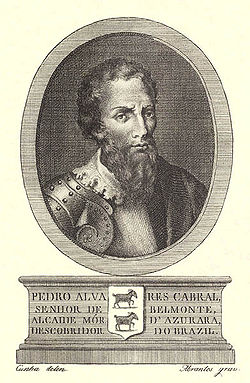
| List of years in science |
|---|
| (table) |
| 1500 in science |
|---|
| Fields |
| Technology |
| Social sciences |
| Paleontology |
| Extraterrestrial environment |
| Terrestrial environment |
| Other/related |
The year 1500 AD in science and technology included many events, some of which are listed here.